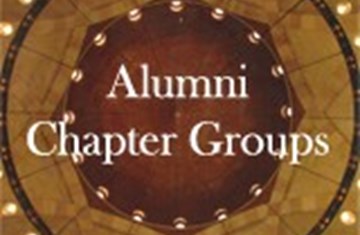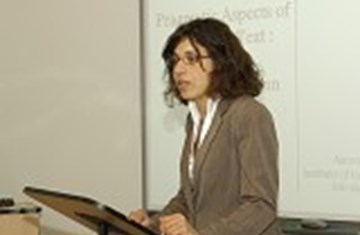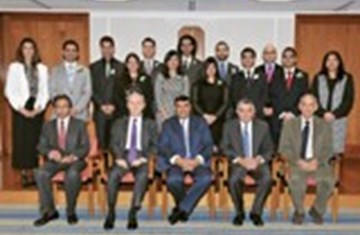IIS Publishes a Catalogue of the Hamdani Collection
The IIS published the latest catalogue of rare and unique manuscripts in the Institute’s collection: Arabic, Persian and Gujarati Manuscripts: The Hamdani Collection by Professor François de Blois. This publication follows on from other catalogues of manuscripts in the Institute’s collection such as the Catalogue of Arabic Manuscripts Vol. 1 and Vol. 2 by Adam Gacek, Ismaili and Other Arabic Manuscripts and Arabic Ismaili Manuscripts: The Zahid ‘Ali Collection, both by Delia Cortese.
Professor de Blois, who publishes widely on Semitic and Persian languages as well as on the history of religions in the Near East in pre-modern times, has produced a detailed catalogue of this rare collection. Professor de Blois also contextualises the collection by discussing how the rare Ismaili manuscripts and books of general Islamic and secular content were amassed over generations by the Hamdani family of the Da’udi Bohra community in India and Yemen.
Compiled by several generations of Indian religious scholars from the Hamdani family, the manuscripts reflect important doctrinal and cultural changes through the centuries as well as document the social history of the family and their community. The catalogue includes an Introduction and an article on the History of the Hamdani Collection contributed by Professor Abbas Hamdani who re-gathered and generously donated the collection to The Institute of Ismaili Studies.
The catalogue contains rich descriptions of the manuscripts in Arabic, Persian and Gujarati scripts and from a wide geographical area, including North Africa, Egypt, Yemen, Persia and India. They cover a broad range of subjects, including religion, philosophy, literature, poetry, history, mathematics, astronomy, medicine and other sciences. As well as Ismaili manuscripts, the collection also contains Sulayhid, Zaydi, Twelver Shi‘i and Sunni works.
The catalogue also contains a range of illustrations, including eight colour plates of some outstanding examples from this rare collection. Each manuscript has a physical description as well as an analytical discussion of the contents of the text, with extensive cross-references to other literature and catalogues, thus providing a useful reference tool for scholars and library users, opening up the collection to many readers who would otherwise be unaware of this valuable resource.






